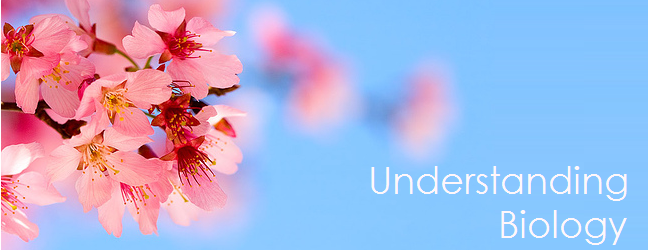Earth Day is a day designed to inspire awareness and appreciation for the Earth's environment. It's a good day to give something back to the Earth, which has provided us with so much.

So... How are you supposed to celebrate Earth Day? Well, here are some ideas:
Plant a tree!Not only will it cheer your garden up, but in the long run, planting trees helps to reduce greenhouse gas emissions, cleans pollution, secures soil in place to prevent erosion, and provides homes for a lot of biodiversity.
Separate your trashBefore you dump everything into one bin, separate your trash by organic, plastic, paper, metal, and glass. Dispose of each in a environmentally thoughtful way!
Feed the BirdsBuy or build a bird feeder. Birds play an important role in every ecosystem, so make sure they are getting food. A fun idea to do if you have kids is to take a pine cone, put some peanut butter and roll it in on bird seeds. Attach a ribbon and hang in a place where birds can have access too. Kids love crafts, and getting them involved with nature is very important.
Learn about the environmentHow about instead of checking your comments in Myspace, you read some articles about the environment? Google is your best friend. Some topics could be learning to reduce your carbon footprint, issues such as pollution, endangered species, water shortages, recycling, and climate change. Or, learn about a region you've never considered before, like the Arctic, the deserts, or the rain forests.
Car Pool or WalkFor most of us walking to school or work is difficult (
not impossible though!), but we can carpool. Also, just use your car for long distances. Walk or ride your bike if you're going somewhere nearby.
Cook an Eco-Friendly MealTry doing a vegetarian recipe. Factory farming does a great deal of harm to the environment. If people ate vegetarian or vegan for one day a week, we could help the environment
and our health.
This website has tons of vegan and vegetarian recipes. If not, then try eating organic. Organic food doesn't have pesticides and is much healthier and easier on the environment than mass produced vegetables and animals.
So there are some great ideas for today. But don't forget, we can make everyday be Earth Day!
 I saw this picture in a funny website a while ago. I didn't think much into it, but now after watching "And Inconvenient Truth", I understand that this is a serious issue.
I saw this picture in a funny website a while ago. I didn't think much into it, but now after watching "And Inconvenient Truth", I understand that this is a serious issue.











































